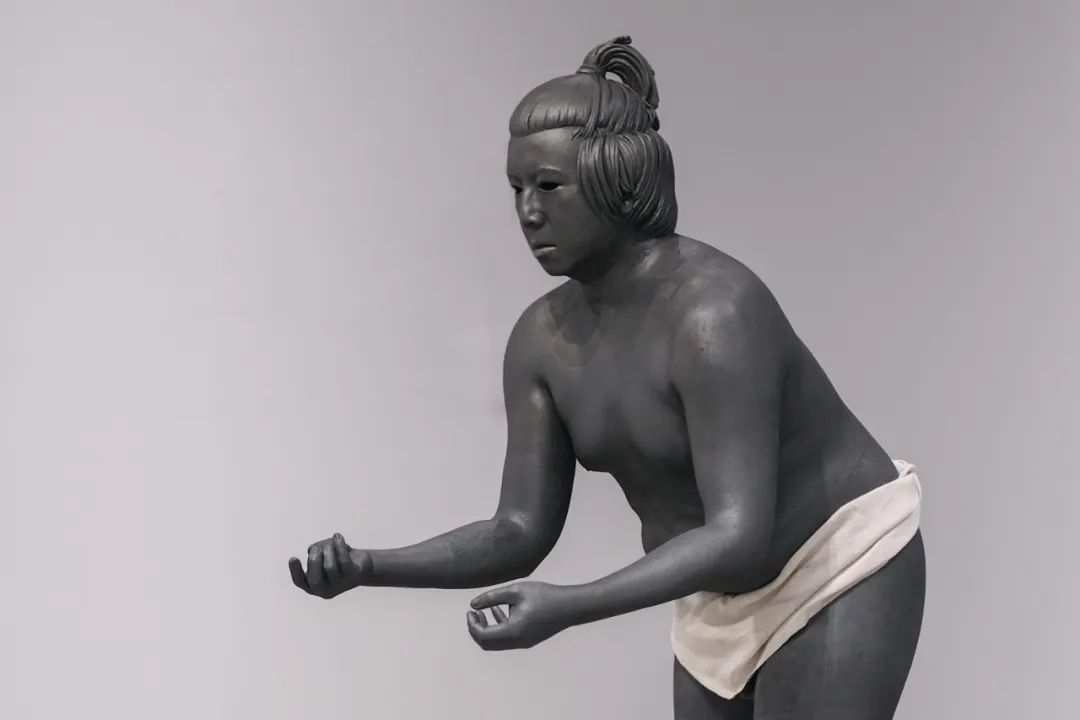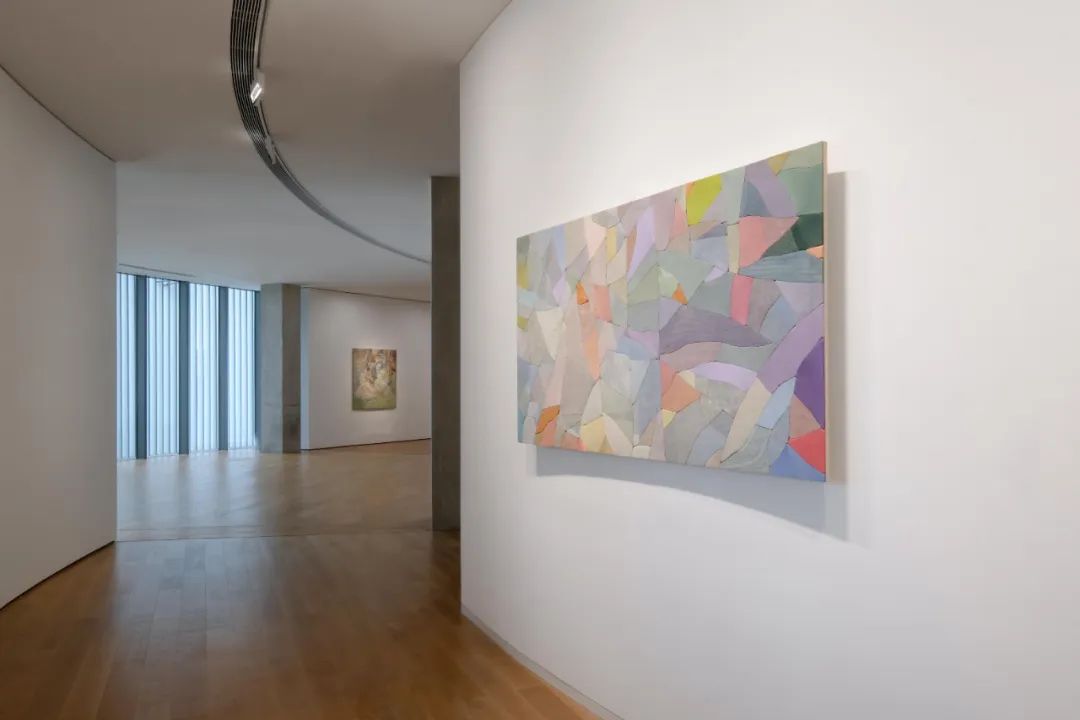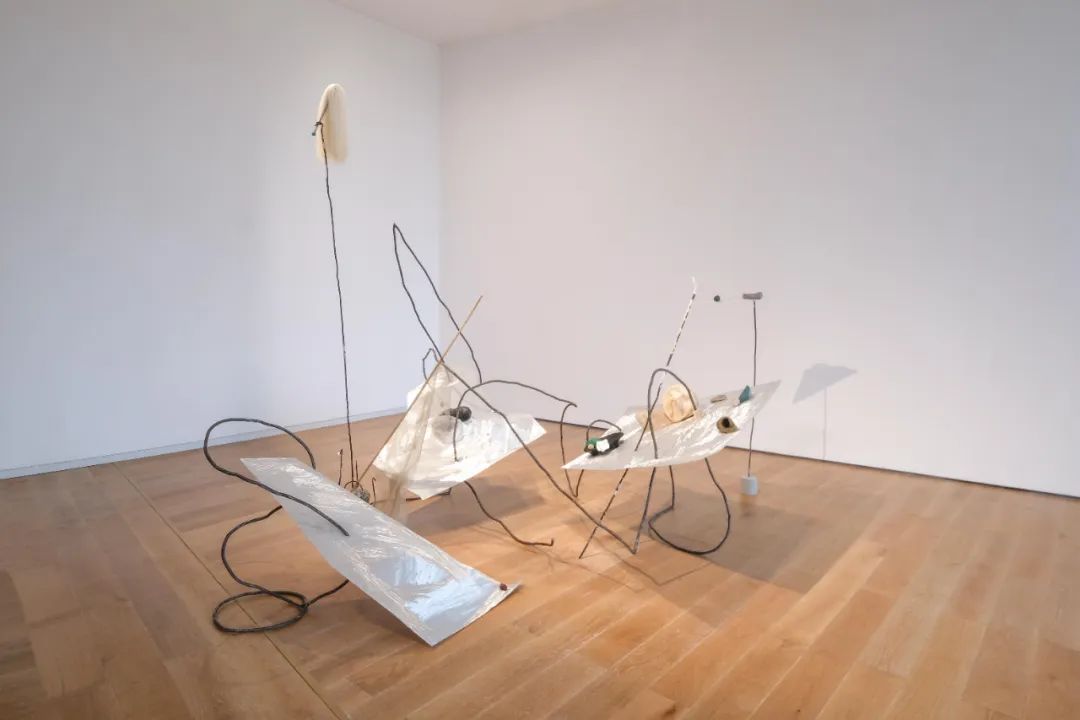ON OFF 2021: Carousel of Progress
I.
Could the exhibition also serve as a time machine? Like Martin, the protagonist of the 1980s Hollywood science fiction movie Back to the Future, who drives a time machine converted from a car to travel from the "Reagan era" to the "Eisenhower era ", in the events that determine the fate of their parents, rehearse the development of events, to save their family from the original downward spiral of failure. We often say that film is the art of dreaming, and as Sigmund Freud suggests, dreams are the subconscious associated with wishes, pointing precisely to the absence of reality. For us, "Back to the Future" shows the ability to break the shackles of time and space, to go back in time to undo the "damage" caused by previous actions in the present, which is a reflection of the human instinct to avoid harm and the audience's empathy with the film --wanting to return to the crossroads of their destiny to choose again. What we can do is to acquire the ability to integrate time and space in what Locke calls "consciousness", "consciousness is always extensible and extends to past times, it can unite the temporally distant existence and behavior of the same person. It can unite the temporally distant existence and behavior of the same person". The consciousness of returning to the past suggests the intentional representation of recollection as consciousness. Although recollection cannot break through the rigid temporal structure to change the content of the event itself, as Husserl suggests, recollection is a kind of imagination, and we can find the multiple streams behind a specific object in the time of consciousness. For this exhibition, that specific object is "ON | OFF: Concepts and Practices of Young Chinese Artists" (hereinafter referred to as "ON | OFF"), which was held at the UCCA Center for Contemporary Art in Beijing in 2013.
ON | OFF 2013 was a group exhibition of young Chinese artists initiated by UCCA director Philip Tinari, who invited Bao Dong and me to co-curate the exhibition. The origin of the exhibition is that, while planning and editing Art World magazine, Tinari and I clearly felt that the Chinese contemporary art system, after being hit by the global financial crisis in 2008, has increasingly shown a trend of rejuvenation in the exhibition scene, with a large number of new artists and art groups emerging and beginning to assume the role of constructing the main image of Chinese contemporary art. After Tian Feiyu became the director of UCCA in 2012, exhibitions related to it were born. Therefore, in a sense, although "ON | OFF" in 2013 has a clear theme, the original intention of the exhibition is actually very straightforward: to present the renewal of the era of the main body of Chinese contemporary art practice. The "era" referred to here is marked by the 2008 Summer Olympics in Beijing and the global financial crisis that immediately followed, whether it is called the "post-Olympic era" or the "post-globalization era whether it is called the "post-Olympic era" or the "post-globalization era," it actually suggests that China's globalization process has entered a completely new pattern - and for Chinese contemporary art at that time, it heralds the end of the art narrative constructed with "globalization" as its goal This was directly reflected in the art market as a round of value assessments. However, that was the last straw that broke the camel's back, and the real reason was that Chinese contemporary art, in entering the global art system, followed the narrative framework of neoliberal ideology externally and relied internally on the refreshing experience of modernity brought about by China's rapid economic development.
On a thematic level, "ON | OFF" in 2013, based on the experience of the Internet at the time, already touched on the issues of sovereign will and geopolitics that have come to the fore in the rise and expansion of global digital capitalism. However, as mentioned above, because the original intention of the exhibition was to be a phenomenal one, the narrative was still tainted by the Chinese contemporary art industry's usual experience and imagination of globalization. It is intriguing to note that this exhibition, originally thought to have been forgotten, has been repeatedly mentioned in recent years, not only because of the growing professional influence of the participating artists, but also because the 2013 ON|OFF was, from the very beginning, a call from within the Chinese contemporary art industry as a systemic image. This also explains why the exhibition received so much attention at the time. Moreover, in the subsequent development of the Chinese contemporary art system and on-site changes, many of these phenomena were manifested in the conscious construction of its own subjectivity, and it can be said that "ON | OFF" in 2013 intentionally or unintentionally involved the structural transformation of the Chinese contemporary art system. If at that time this was only a stressful reaction of the Chinese contemporary art system, then many years later we will find that the changes in Chinese contemporary art have an inherent resonance with the series of changes that have occurred in various fields in China, that is, whether it is the exploration of the future development path or the representation of the one-off history of the past, there is a need to reset and clarify in public life But this does not mean a return to closure and conservatism, but rather a conception and exploration of a new paradigm of thought in order to move from an era of disorder to a new order. Returning to the question at the beginning of the article, can the exhibition serve as a time machine? For HEM's "ON | OFF 2021: Carousel of Progress", 2013 is the year of return, and the purpose of return, as the new time and subtitle suggest, is not only to complete the unfinished narrative of the exhibition, but also to identify the useful It is not only completing the unfinished narrative of that exhibition, but also completing an identification of the useful past.
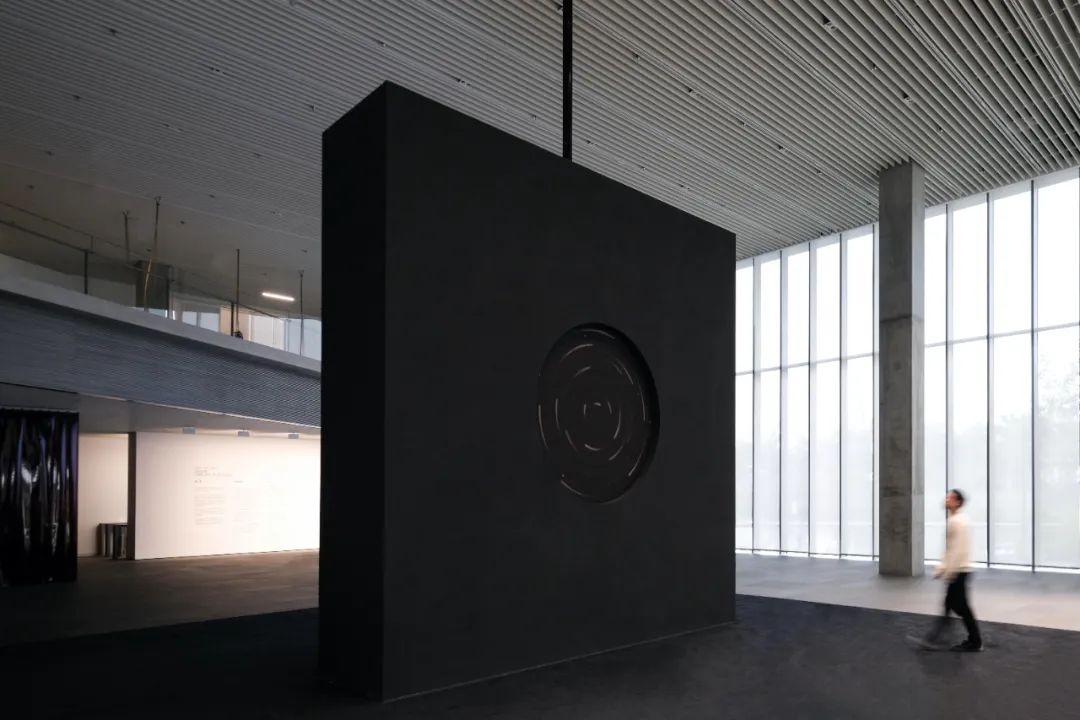
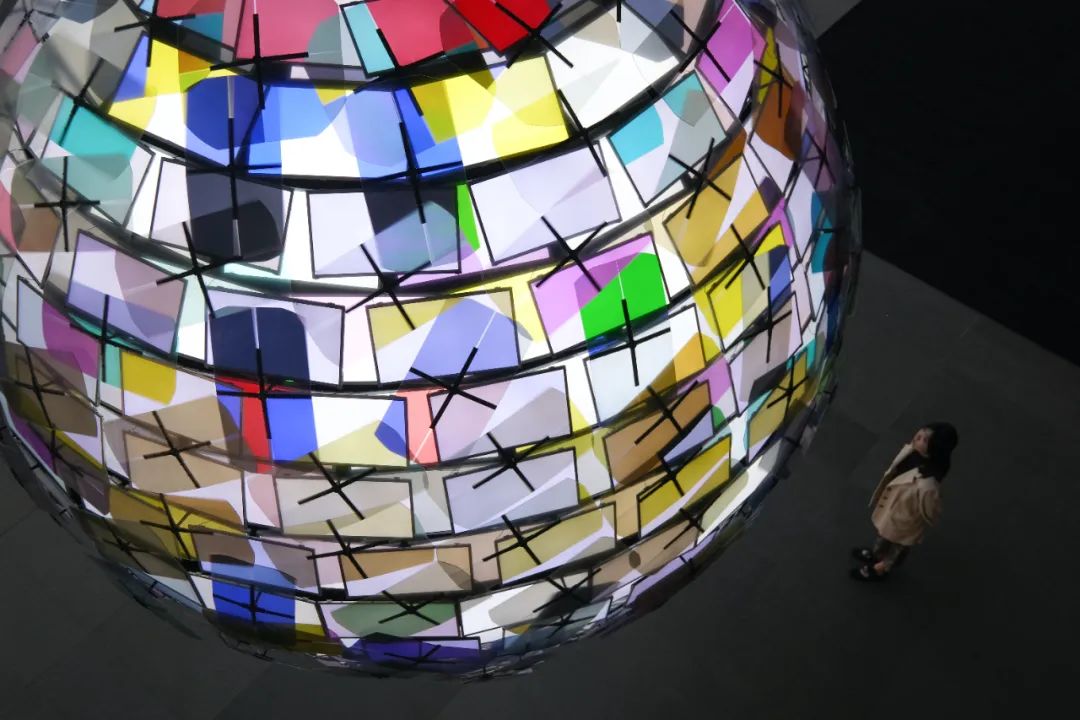
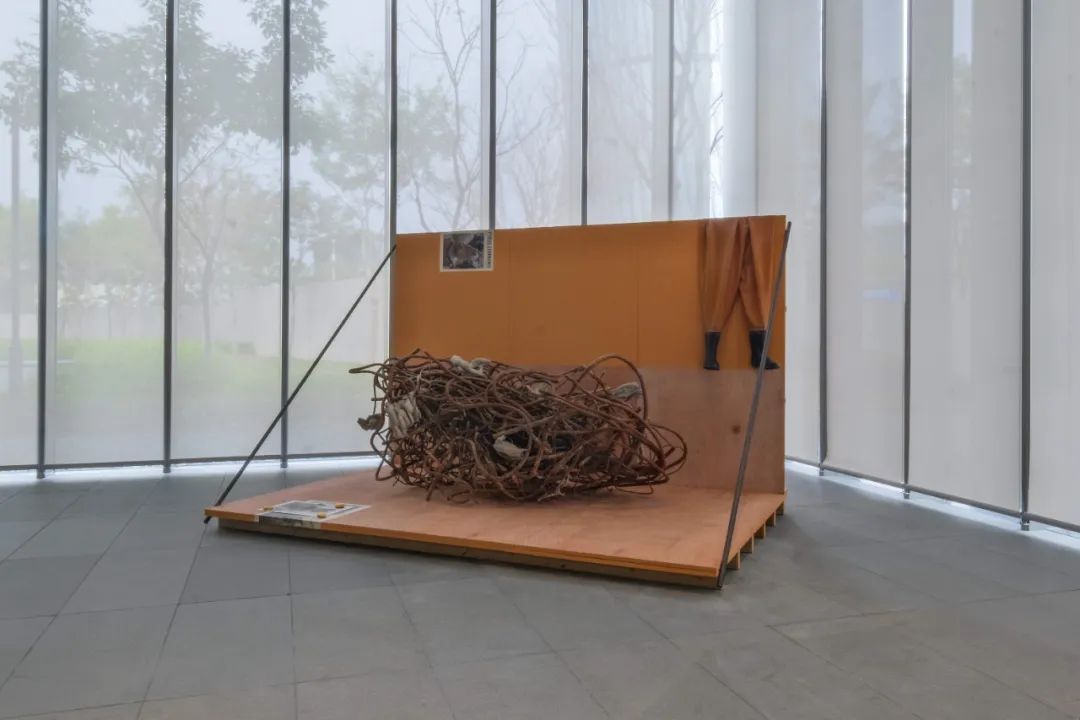
II.
At this moment, we are in a so-called "post-pandemic era" - the new epidemic that began to break out and spread around the world in late 2019 has disrupted the rhythm of globalization, and the flowing world has suddenly lost its speed, although our bodies are also forced to stop. Although our bodies were forced to stop, our perceptions were still in the inertia of the previous intensification of space-time compression, so the forever forward flow of time was thrown from the stagnant space to our eyes, and together with it, the "difference in time" was revealed. Some people say that the New Crown crisis is an opportunity for us to reflect on the side effects of contemporary globalization; others say that the global "comprehensive crisis" caused by the New Crown epidemic will change the pattern of the contemporary globalized international order ......, both in terms of reflecting on past experiences and predicting future trends. Whether it is a reflection on past experiences or a forecast of future trends, it is a "no" from the world we live in now.
It can be said that this is a "contemporary" experience that has not been sufficiently historicized, and that the nodes of the times that have been subdivided in recent years are the ruptures between history and logic that we reveal to ourselves in time, which contain what Walter Benjamin describes as the insecurity and uncertainty of history, as well as the uncertainty of history. It also contains the repetition of history, which, as many philosophers and historians have mentioned, is often not the content of events, but the formal structure of human history. In this respect alone, the world is reverting to an "us/them" compartmentalization, as shown by the symptoms of the era of the Great Recession that globalization is experiencing (the chain of events that preceded and followed it, including the new crown epidemic). In this regard, contemporary European thinker Peter Sloterdijk pointed out long ago that the temporal synchronization of globalization is a form of temporal equity, and that the "cosmopolitanism" embodied in contemporary globalization is, in essence, the localism of spoiled people. It is only today that the "time differences" concealed by time equity have already penetrated into the global network structure through different media with the globalization process, in a sense that all places are not spared in relation to the globe. But equally, we can remember the Marxist view that the losers of the capitalist system are the priority actors of change, the only group in a position to promote moral progress for the benefit of the whole world. As we can see, when time as life presents us with the recurrence of history, the present always calls us to "seize something in our memory when it flashes in a moment of crisis".
The recurrence of life, another unfolding of the "gesture of time", comes from our a priori experience of the movement of the universe and the operation of nature, and involves the descriptions of history, times and moments, as well as the past, present and future, etc., in a kind of "inhabited" time. ". For this reason, most of the time, we are not talking about time, but about "destiny", individual, family, community, and social. ...... This can be a group that keeps pushing outward, and conversely, it can also be a single group that retracts inward. It can be said that human beings use fate to give time an imagery of life. Fate is an immutable issue of human life, but it is also an issue of "living". Stéphane Mallarmé, a modern French poet, once famously said, "A roll of the dice never cancels chance". No wonder Gilles Deleuze believes that only the present exists in time, and that the possibilities of the future are generated from the choices and practices of the present.
The question is what do we choose? In the context of this exhibition, in the face of the symptoms of the times and the uncertain future of the "empty space" of the global order, reminiscence is an act of reconstruction from the present, in other words, an act within time. In fact, "reminiscence" has never been absent from the context of Chinese contemporary art, and has even evolved into an effective but gradually rigid methodology for a period of time. The form or emotion formed by the reminiscences at that time, and the collective memory of a certain past era presented by them together, is more like a farewell ritual prepared for forgetting, some of them are expressed as a kind of nostalgia, and eventually reduced to a kind of commodified aesthetic symbol; some of them are expressed as a kind of post-traumatic stress disorder of the times, and the one-way criticism even with stronger intensity is still an anti-proposition, and it is impossible to avoid The reconfigurability of memory lies in what kind of past is differentiated in the present. If the reconfigurability of memory means deformation, distortion, re-evaluation and renewal, then for the past, the purpose of memory is to construct a new world, where the "new" also points to "contingency", a universal that is hoped to emerge from the causal chain of countless contingencies. The "new" here also points to "contingency," the hope that in the chain of cause and effect of countless contingencies a universal is generated.
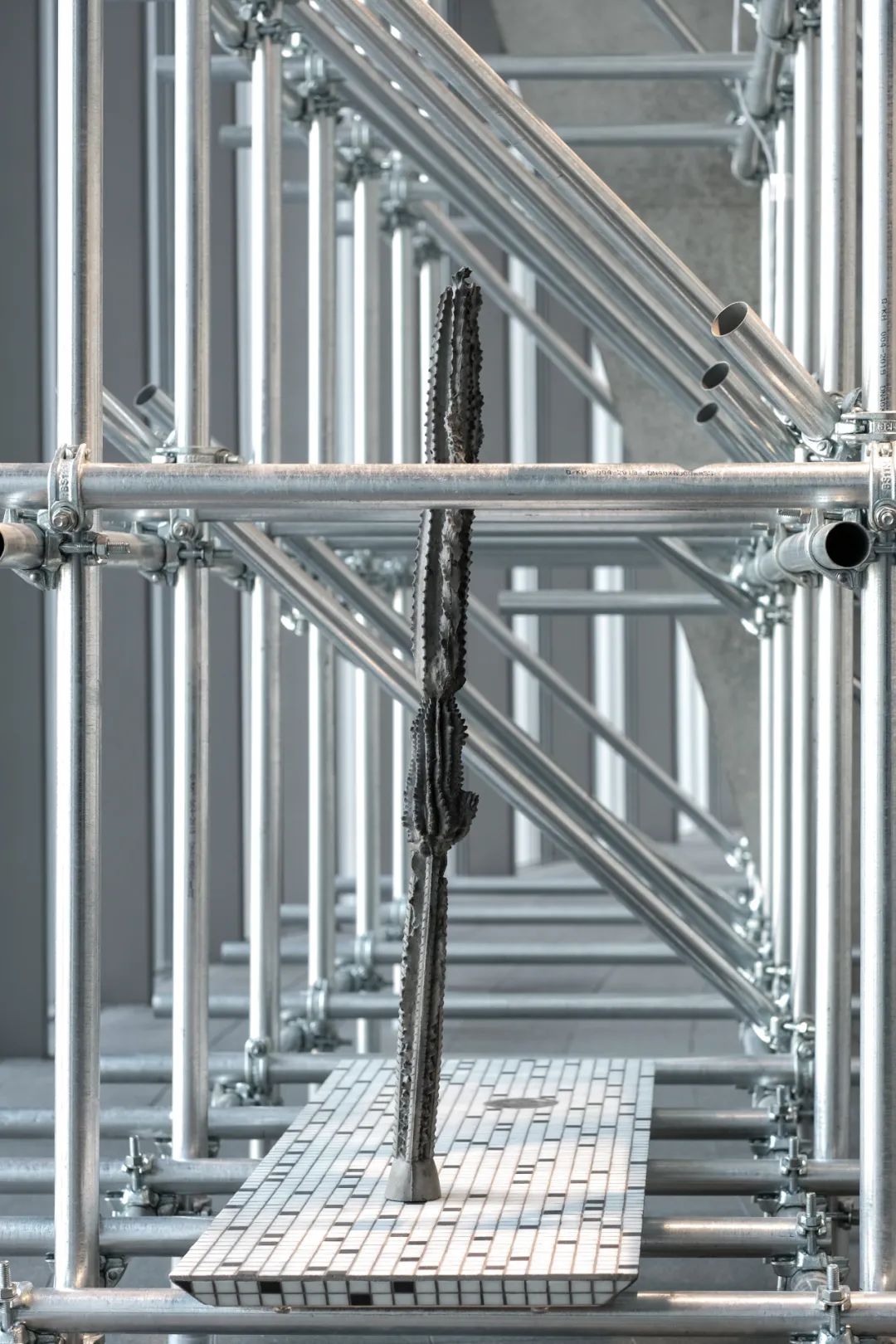
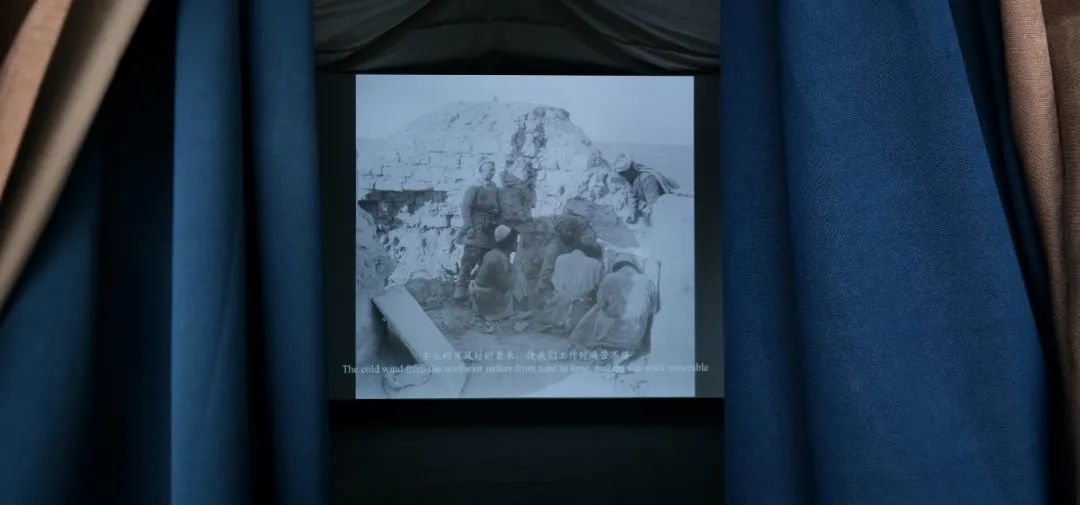
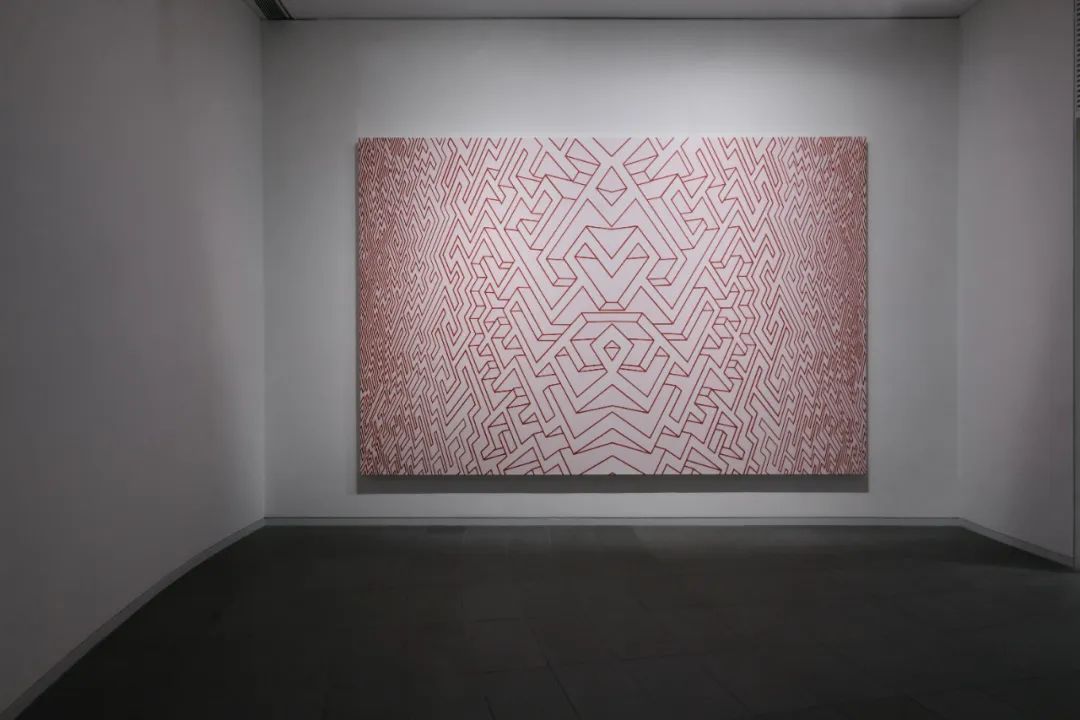
III.
This is a late exhibition. Coincidentally, it was originally an exhibition about "time and memory". From 2013 to 2022, there are many elements that overlap between the two exhibitions: the themes, the artists and the curators, but the obvious differences between the two are also easily noticeable: the time, the place and the people are not exactly the same, and these differences determine that "ON|OFF 2021: Back to the Future (Carousel of Progress)" is in fact a completely new event. Progress" is in fact a completely new event. In this case, the "contemporary" is an eternal "present" that presents contradictions or tensions, precisely because in encountering the next moment, the previous moment has to be historicized, thus examining and reflecting on itself in a historical process, which includes A kind of self-denial, and all these efforts are aimed at opening up the possibilities of the future, as well as reawakening our courage and expectations for the future.
It was unexpected that this exhibition would be organized by the He Art Museum - one would have thought that it would still be held in a large city steeped in more globalized experiences and with more contemporary art institutions - but it makes sense, considering that after more than forty years of reform and opening up, the development of China's cities is facing a new challenge. After more than forty years of reform and opening up, the development of China's cities is facing a new transformation and upgrade, and the emergence of the Museum of Contemporary Art suggests that we need to break away from the so-called "big city" mentality in our understanding of China's current art museum situation, and that the corresponding discussion on "global localization" is a subjective one. In contrast, the discussion on the subjectivity of "global localization" and the vision and imagination of the interaction between the global and the local need more samples from spaces that were previously defined as "peripheral" or "local". Like the "crossing the river by touching the stones" at the beginning of China's reform and opening up, what is described is not only the top-level policy design, but also the emphasis on capturing, summarizing, refining and popularizing the experience of each local experiment. first recognize the chaotic image of ourselves, and then discover the way to build subjectivity from the subsequent actions.
The exhibition is divided into three units based on the structure of the gallery: "Time Gesture", "Memory Space" and "Multiple Echoes", starting from the human perception and understanding of time. The exhibition is divided into three sections: "Time Gesture", "Memory Space" and "Multiple Echoes", which start from the human perception and understanding of time, and bring down the grand issues of cosmic movement, human destiny and historical moments into the emotions of the times. "Chen Shichang, a 20th-century scholar of Chinese literary theory in the United States, has proposed that the Chinese lyrical tradition should be considered the Tao of Chinese literature. The most impressive part of his work is that he continues the dialogue between civilizations initiated by the previous generation of cultural scholars and draws on Chen Shih-chang's viewpoint, using poetry as an entry point to interpret the element of "xing" in Chinese poetics as a state of self-sufficiency that evokes time and transcends history, from the perspective of the inherent freedom of life. Here, "xing" is no longer just a rhetorical style, but a return to the natural rhythm of the primitive people's "upraised song and dance", finding the path to eternity between astronomy and humanity, between body and imagination. "The gap Benjamin refers to seems to be the only one in which the subject of lyricism can wander, for even the compartmentalization of the experiences of the times cannot prevent the resonance of life between different times and spaces - is it not? This is what we often call the eternity of art for human beings.
Although this exhibition deals with different issues such as media society, natural environment, identity, and geographical frontiers, the artists, like us, try to get out of the dilemma of history and transform human beliefs about the future into a kind of life energy that transcends the shackles of time and space - for Chinese contemporary art For Chinese contemporary art, "ON | OFF 2021: Back to the Future (Carousel of Progress)" is first interpreted as a construction of the image of the subject, but as repeatedly hinted before - reminiscence is an act in time, when the past When the past is a whole, the present moment can bring our retrospection into a more diversified dimension, eventually overcoming the concrete in a form of abstraction and facing the world as an end in itself - just like the conceptual forms presented in this exhibition: return, repetition and spiral, on the one hand out of a poetic comparison with the spatial form of the museum, and on the other hand, through the conceptual interplay between the works. On the other hand, through the superposition of concepts between the works, we can sense the cosmic perspective jointly constructed by the museum space and the exhibition space in the rhythm of time and life, global and local, memory and history.
